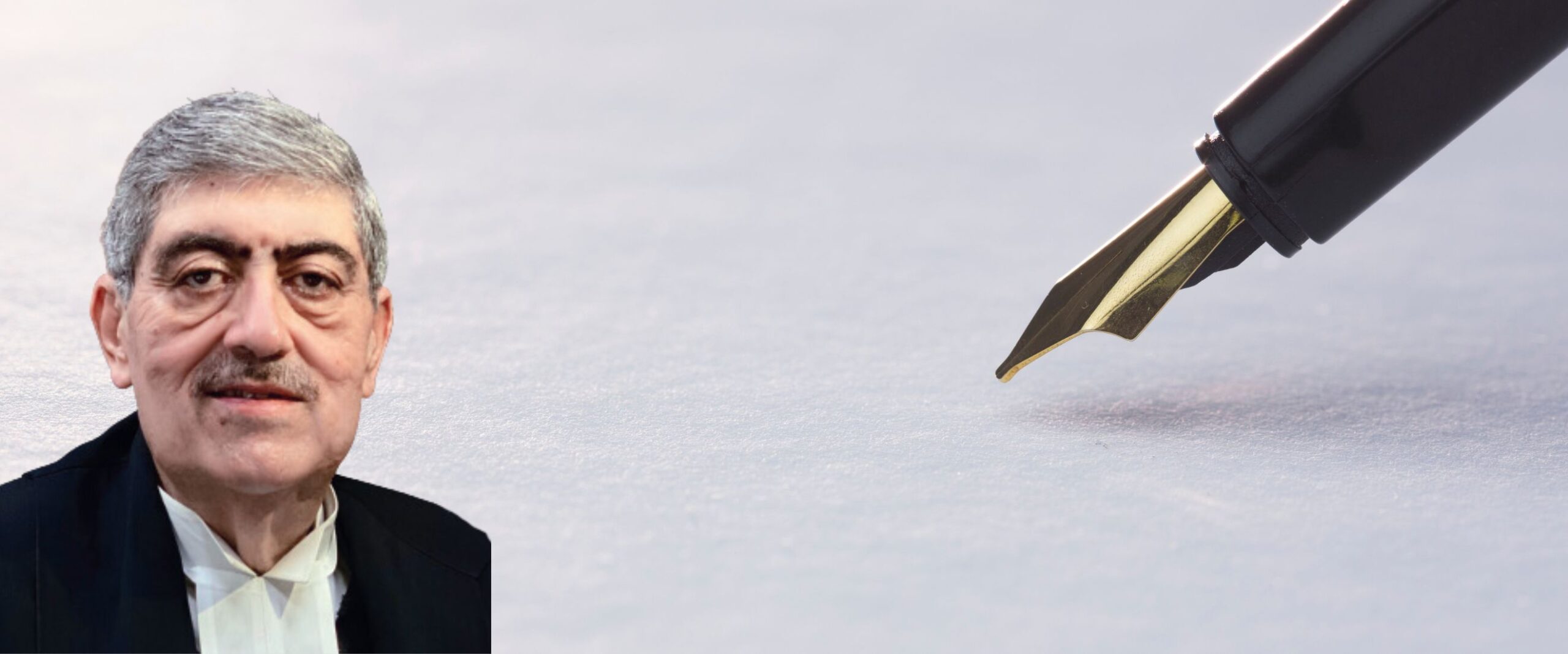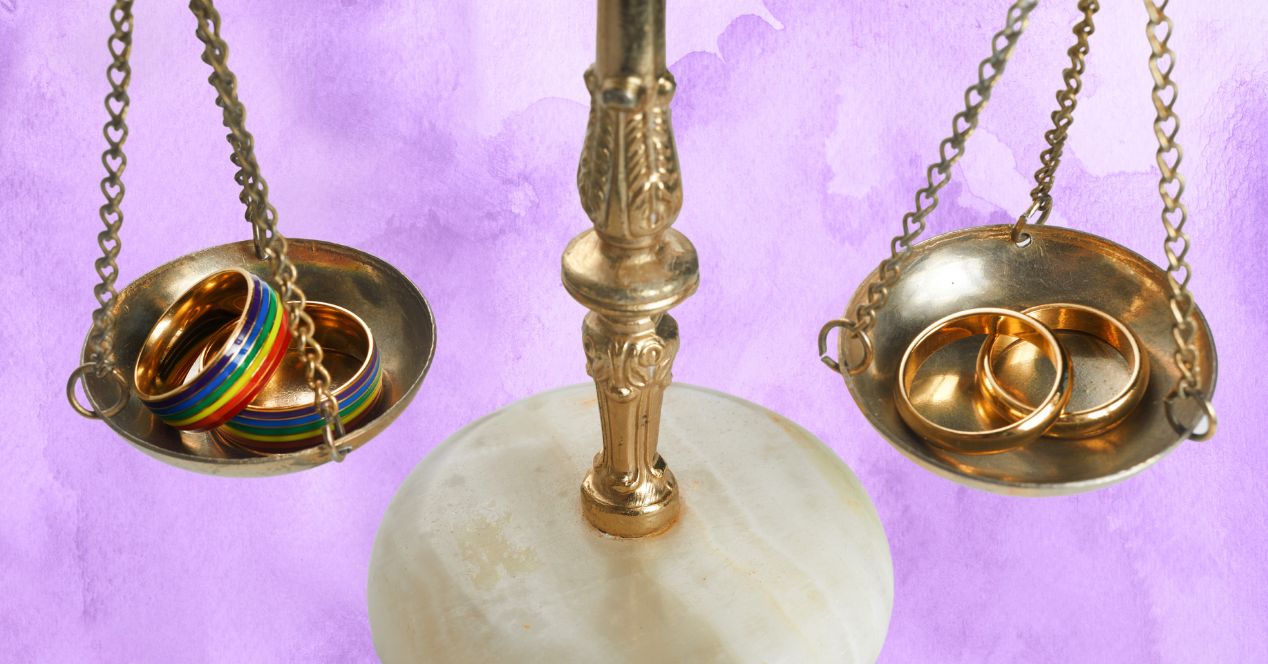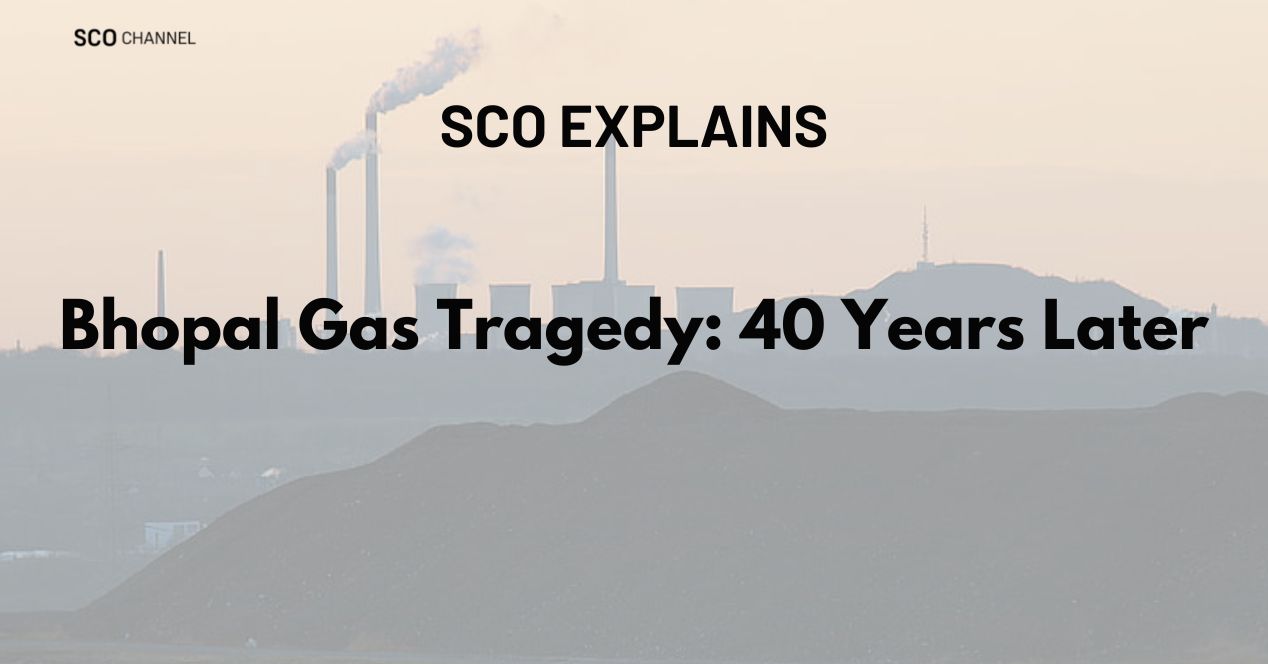Analysis
Justice S.K. Kaul’s Notable Judgements
In a judicial career spanning 20 years, Justice Kaul’s judgements deeply impacted freedom and autonomy

Justice Sanjay Kishan Kaul retired on 25 December 2023 after 6 years and 10 months at the Supreme Court. During his time, he authored 171 judgements.
In his farewell function held on the last working day of the Supreme Court in 2023, CJI D.Y. Chandrachud remarked that Justice Kaul had brought a “unique blend of wisdom, compassion, and an unwavering commitment to justice” to the bench. Attorney General R Venkatramani praised Justice Kaul’s concurring decision in the ‘In re: Article 370’ case, particularly his observation on the setting of a Truth and Reconciliation Commission as marking the “constitutional jurisprudence in more than one sense.”
Justice Kaul adjudicated some of the most crucial constitutional matters of the last decade, both as the Chief Justice of the High Courts of Delhi and Madras, and as a judge of the Supreme Court. In his judgements he strengthened the jurisprudence on the freedom of speech, recognised the fundamental right to privacy, upheld the abrogation of Article 370, and refused to recognise sexual minorities’ equal right for marriage. He was also on the Constitution Bench that upheld the validity of an unstamped arbitration agreement. Through the majority of his career, Justice Kaul delivered judgements in several criminal and service matters.
Challenge to the abrogation of Article 370
Justice Kaul was a part of the five judge Constitution Bench, consisting of the senior most judges of the Court, that heard the challenge to the Union’s 2019 abrogation of Article 370, and the subsequent bifurcation of Jammu and Kashmir into two Union Territories.
After 16 days of hearings, the Court delivered its verdict on 11 December 2023, unanimously upholding both the abrogation of Article 370 and the bifurcation of Jammu and Kashmir. Justice Kaul delivered a separate concurring opinion. The only point he differed on from the majority judgement written by CJI Chandrachud, was on the question of Jammu and Kashmir’s sovereignty.
The majority opinion held that J&K did not retain its sovereignty after the state’s accession to India in 1947. They viewed the proclamation of Yuvraj Karan Singh in 1949 as a full and final surrender of sovereignty by J&K. Justice Kaul disagreed, noting that the 1959 decision of the Court in Prem Nath Kaul made it clear that some sovereignty was retained. However, he agreed with his brother judges that Article 370 was temporary by design and upheld its abrogation.
He stated that the President could exercise her power post-dissolution of the J&K legislative assembly “in line with the aim of full integration of the State.”
Justice Kaul’s opinion agreed with the majority that Constitutional Order 272, which had been used to abrogate Article 370 was valid. He reasoned that though Article 367, an interpretation clause, could not be used to amend Article 370, the rest of the CO 272 was valid as the President had powers to apply the whole of the Constitution to J&K. Justice Kaul also upheld the validity of CO 273, explaining it was made through a valid exercise of power by the President under Article 370(3).
On the other issue on the reorganisation of J&K, the majority led by CJI Chandrachud held that the reorganisation was procedurally valid. On the substantive question of whether the reorganisation affected the “character” of Kashmir, the majority did not delve, relying entirely on the assurance of the Solicitor General Tushar Mehta that J&K would be restored in “due time.” Justice Kaul’s opinion simply concurred with the majority.
What stood out in Justice Kaul’s judgement was a section titled ‘Epilogue’, which he claimed to have been inspired from observing the intergenerational trauma faced by the people of J&K where he was born. Justice Kaul recommended the establishment of a Truth and Reconciliation Commission, similar to the one established in post-apartheid South Africa. The commission would prioritise reparation and enable transitional justice. He recognised that it was beyond the powers of the Court to bind the Union on this, but wrote that upholding transitional justice was a duty of “both State and non-State actors.”
The decision has been argued by some as being constitutionally sound, while others have seriously criticised it. Some have also argued that the genuine success of a Truth and Reconciliation Commission would hinge on mitigating political manipulation on the ground, a prospect difficult to imagine in Kashmir.
Earlier, in Shah Faesal v Union of India (2020), in an initial writ petition filed challenging the two Constitution Orders, a five-judge Bench including Justice Kaul had refused to refer the matter to a larger bench having found no conflict between the judgements in Prem Nath Kaul and Sampath Prakash.
On the freedom of speech and expression of artists: MF Hussain and Perumal Murugan
Before he was elevated to the Supreme Court in 2017, Justice Kaul delivered two landmark decisions on the freedom of speech and expression.
In May, 2008, Justice Kaul upheld painter M.F. Hussain’s freedom of expression for his painting titled ‘Bharat Mata’. In 2006, the painting which depicted India as a naked woman was advertised in an online charity, attracting numerous private complaints registered across the country. The charges were of obscenity under Section 292 of the Indian Penal Code, 1860 (IPC). The matter found its way to the Delhi High Court where Justice Kaul served. A division bench, led by Justice Kaul, held that obscenity does not constitute a reasonable restriction under Article 19(2). On the specific charge of Section 292, Justice Kaul laid down certain considerations for balancing artistic freedom and free speech. First, that “contemporary mores and national standards” should be kept in mind. Second, “where art and obscenity are mixed”, the art should be preponderating and obscenity be “trivial”. Third, obscenity, he held, should be tested from the perspective of an “ordinary man of common sense and prudence”. On questions of nudity, Justice Kaul observed that the “onomatopoetic meaning” of the art must also be looked at. On these considerations, he found that the charge of Section 292 did not apply to Hussain.
In July, 2016, as Chief Justice of the Madras High Court, Justice Kaul revisited a similar matter when he ordered the dropping of charges against writer Perumal Murugan. In his fiction novel, Mathorubagan, Murugan had narrated a historic festival at Tiruchengode temple where during the festival, per custom, rules of sexual conduct were relaxed, and resultantly a character of a married woman engages in sexual activity with a person without her husband’s consent. When local communities protested against the narrative, arguing that it misrepresented their customs, a “peace committee” similar to a khap panchayat passed a settlement order seeking an unconditional apology from the writer. Murugan challenged this settlement order in the High Court.
A division bench led by Justice Kaul first noted that the novel did not violate the “community standards” test of obscenity since it did not appeal to the prurient interests of individuals. He further observed that the novel had received numerous awards, which was indicative of it being accepted by society at large. Since the novel was fictional, and did not intend to narrate a historical fact, no criminal charge was warranted against Murugan, he said. In a watershed direction, Justice Kaul observed that there was a positive duty upon the State to ensure that freedom of speech was not violated by initiatives like a Peace Committee. Scholars have argued that this direction was an important step towards incorporating indirect horizontality into the jurisprudence of Article 19 in India.
Compensation for Union Carbide victims
In March, 2023, a five-judge Constitution Bench led by Justice Kaul unanimously dismissed a curative petition by the Union government to increase the compensation awarded for victims of the 1984 Bhopal Gas Tragedy.
Justice Kaul, writing the judgement on behalf of the bench, observed that there were no more pending claims of compensation, and that despite payment of all compensation, a significant surplus was still remaining. This surplus amount was sufficient to pay the victims twice over and still have ₹50 Crore remaining. Therefore, he directed that the Union use that amount for all future claims of compensation.
Justice Kaul stated that the settlement between the Union of India and Union Carbide, the transnational corporation which had been responsible for the gas leak, could not be reopened at this stage unless a charge of fraud is brought against the company. The settlement pertained to the net compensation amount transferred by Union Carbide. Justice Kaul noted that since the Union government had not brought any charge of fraud, and had itself opposed the attempt of private parties in the past to reopen the settlement, the ‘top-up’ sought was incorrect. Justice Kaul’s judgement also noted that the Union had a chance to take an insurance policy if the settlement was insufficient but the Union had been “grossly negligent”.
Recognising the right to privacy
In August 2017, a nine-judge Constitution Bench of the Supreme Court unanimously recognised a fundamental right to privacy in the Constitution, captured in Article 21 and Part III, in the landmark decision in Justice K.S. Puttaswamy v Union of India. Justice Kaul delivered a concurring opinion.
Justice Kaul’s reasoning for recognising the right was based on the Constitution being an “organic” document that incorporates civil liberties “which existed in the past, and those rights which may appear on the horizon of the future”. He observed that the right to privacy, being a fundamental right, enables an individual to make autonomous life choices by protecting the individual from State and non-State actors. He noted that in a digital society, a balance needed to be struck between privacy and the legitimate State interests. The consent of the individual, he stated, ought to be the guiding principle for the collection and usage of data.
A significant part of Justice Kaul’s judgement also recognised sexual autonomy as a part of right to privacy. This portion of Justice Kaul’s judgement became significant in the Court’s landmark decision that same year in Navtej Johar, where Section 377 of the IPC was read down to the extent that it decriminalised consensual sexual acts between adults of the same sex.
Marriage equality: A resounding dissent
On 17 October 2023, a majority decision of the Supreme Court rejected a plea for the equal right to marry for sexual minorities in India. The plea was filed by two same-sex couples in 2022 and sought legal recognition of marriage equality for the queer community, specifically challenging the constitutionality of the Special Marriage Act, 1954 (SMA). Provisions of this secular civil marriage law, such as Section 4(c) revolved explicitly around marriage between “male” and “female” persons. The petitioners argued that the SMA discriminated against same sex couples as it excluded them from various matrimonial benefits, including adoption rights. Provisions of the Hindu Marriage Act, 1955 and Foreign Marriage Act, 1969 were also challenged.
The majority held that there was no right to form civil unions for queer couples, and further that they could not adopt. In his dissent, Justice Kaul agreed with the other dissenter CJI D.Y. Chandrachud in recognising a right to form a “civil union” as a feature of Article 19 and Article 21. He reasoned that such a right was available to all, “regardless of sexual orientation and gender.” The majority opinion delivered by Justice S.R.Bhat, while agreeing that a civil right to a union existed, held that the Court cannot compel Parliament to create anew law.
On the question of whether the SMA violated the right to equality of non-heteorsexual couples, Justice Kaul’s opinion held that the SMA’s exclusion of non-heterosexual couples failed the two-pronged test for Article 14. The SMA made a classification between heterosexual and non-heterosexual couples, which had no reasonable nexus to the object or the purpose of the statute, which was to facilitate inter-faith marriages. However, he noted that there were “multifarious interpretative difficulties” in including non-heterosexual couples under the SMA since it would have a “cascading effect” on several “disparate laws”. Though he recognised the “structural” discrimination against queer couples in these laws, he cited “limited institutional capacity” of the Supreme Court as a reason for refusal to grant any remedy.
Some have argued that Justice Kaul’s opinion deploys “judicial creativity” since it imports the interpretive technique from the South African constitution, that all statutes must be interpreted in “due regard” to the object, purport and spirit of the fundamental rights chapter.




